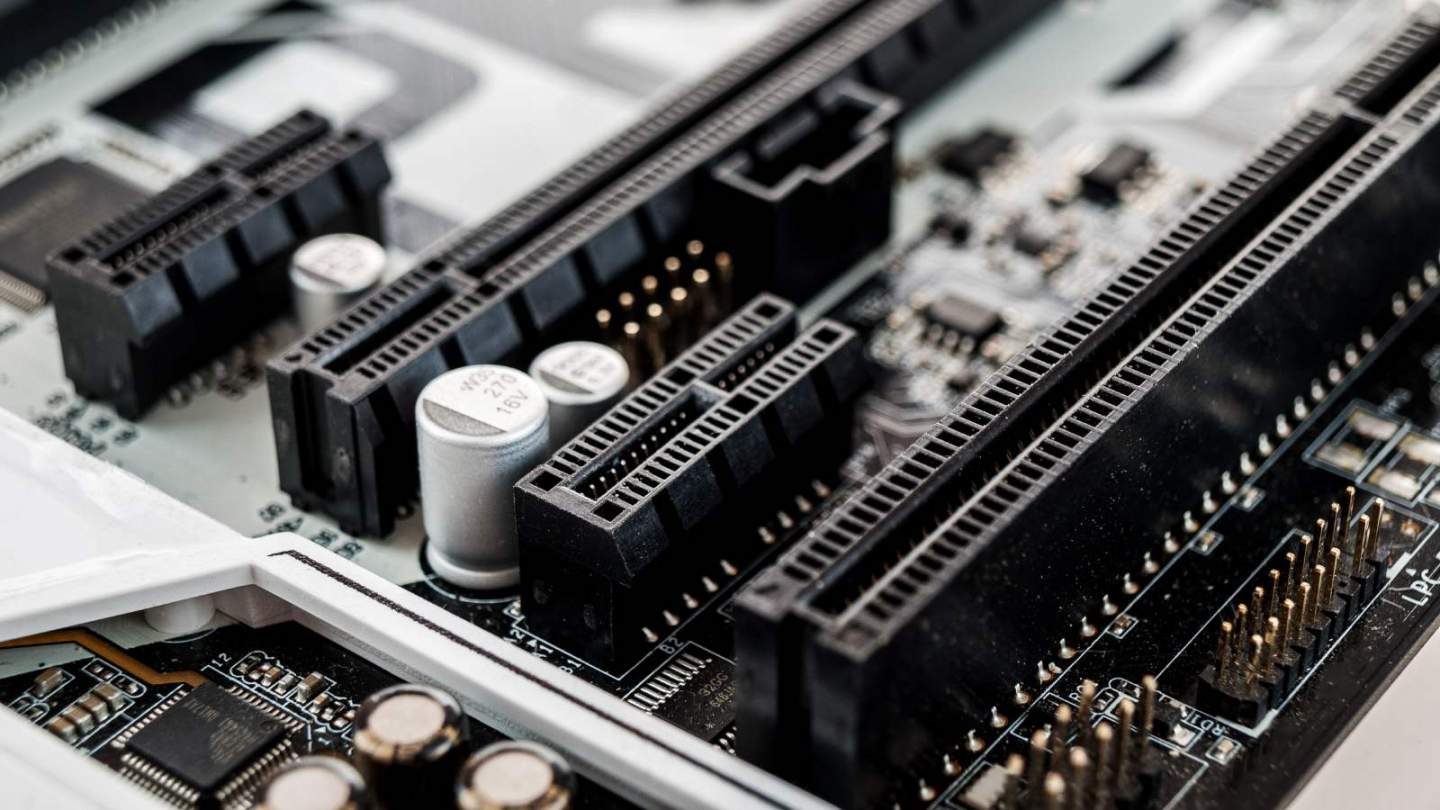Apple has consistently painted itself as a hero of client security, exceeding all expectations to give includes that shield its clients from intrusive eyes. It has become both famous and disliked for its hard position on encoding its iPhones, however those insurances don’t make a difference to the information that leaves the telephone and over the Internet. That is the thing Apple’s new iCloud Private Relay was made for, yet it appears to be that it has been creating a few turmoil, driving individuals to fault either an iOS 15.2 bug or T-Mobile.
What is Private Relay?
A safely encoded iPhone or Mac will not by and large save you from specialists on the Internet that can in any case decide your character through different strategies. Specifically, network administrators, sites, and surprisingly a few DNS suppliers can see your IP address and the sites you visit. Private Relay acts to some degree like an implicit VPN that veils your quality and movement by encoding specific bits of information and sending them through intermediary channels.
Like VPNs, iCloud Private Relay necessitates that organizations support this new component. That help may be restricted via transporters in various regions or by specific conditions or limitations on a cell or Wi-Fi association. Sadly, those conditions weren’t clarified, prompting various allegations when Private Relay abruptly quit working for a few iPhone proprietors (by means of 9to5Mac).
The cellular brouhaha
Only a couple of days prior, iPhone clients on T-Mobile’s organization found Private Relays had out of nowhere quit working. Individuals were, obviously, speedy to fault the transporter, blaming it for a mischievous technique to obstruct the security include and perhaps benefit from their clients’ information. T-Mobile, notwithstanding, rushed to point the finger toward Apple, guaranteeing the iOS 15.2 update set the element to “off” as a matter of course. The transporter said it isn’t comprehensively obstructing Private Relay on its cell organizations.
Apple rushed to disprove the ramifications of a product bug and said no progressions to Private Relay’s settings were presented in iOS 15.2 (through MacRumors). The organization additionally affirmed that no transporter accomplices, including T-Mobile, have obstructed the element. T-Mobile has since explained that iOS 15.2 doesn’t change clients’ settings without their insight.
Incidentally, a piece of the disarray might have been brought about by Apple’s own informing that point by point why Private Relay probably won’t be chipping away at a cell organization (by means of The Verge). A previous form of the message just said that assuming Private Relay isn’t working, the element probably won’t be upheld by the endorser’s cell plan.
A refreshed adaptation of the message will make it clear the component may have been switched off in Cellular Settings. For Private Relay to work, the “Cutoff IP Address Tracking” switch must be empowered. Private Relay may likewise briefly be impaired on specific organizations that execute network reviewing or do arrange based separating. Apple gives more insights concerning the element in a help archive.



